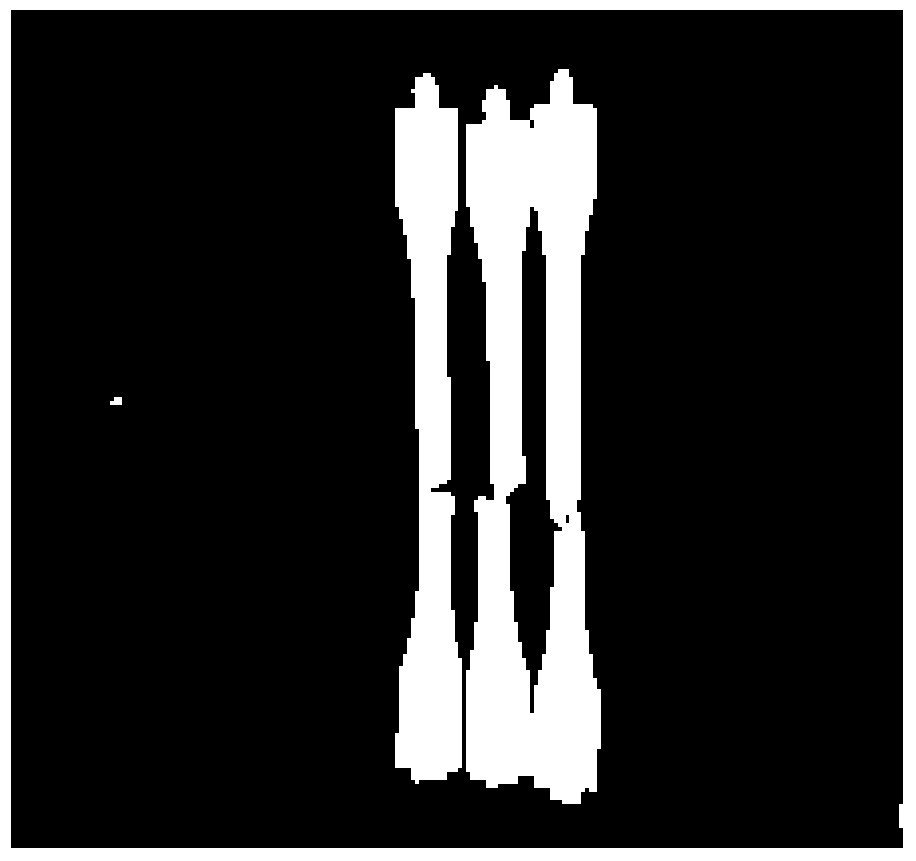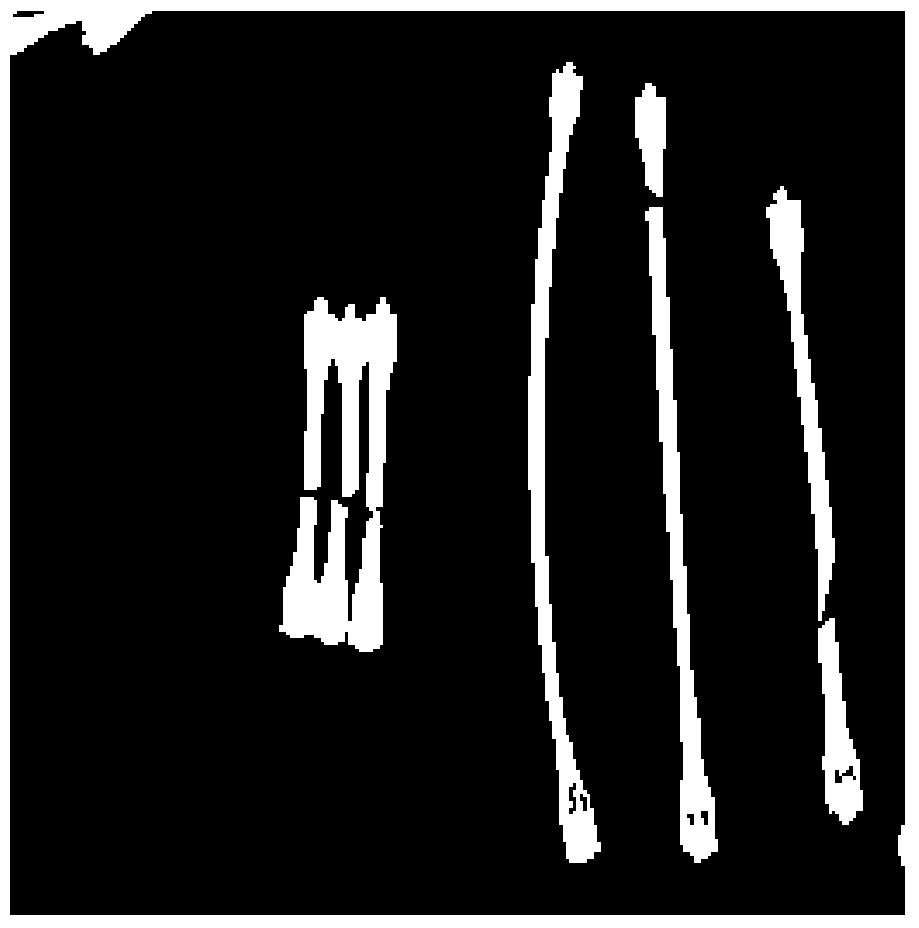A kind of preparation method of high toughness PET
A high-toughness, high-speed mixer technology, applied in the field of polymer materials, can solve the problems of increased material cost, complicated processing process, and cost rise, and achieve the effects of low cost, increased commercial value, and improved toughness
- Summary
- Abstract
- Description
- Claims
- Application Information
AI Technical Summary
Problems solved by technology
Method used
Image
Examples
Embodiment 1
[0025] Preparation of branched polystyrene by emulsion polymerization: the molar ratio of styrene, α-methacrylate-3-mercaptohexyl and potassium persulfate is 100:2:1, styrene, water, dodecylbenzenesulfonate The mass ratio of sodium bicarbonate to sodium bicarbonate is 100:200:5:3, the polymerization reaction temperature is 80°C, react for 8 hours, add saturated saline to break the emulsion, wash the obtained polymer with water, and finally dry it to measure BPS1:M w.MALLS =457600 g / mol, g'=0.75.
[0026] The branched polystyrene (BPS1:M prepared by emulsion polymerization w.MALLS =457600g / mol, g'=0.75) and PET (m BPS1 :m PET=0.5%), through the SHJ-20 twin-screw extruder melt extrusion, extrusion temperature: 220 ° C, 230 ° C, 235 ° C, 240 ° C, 245 ° C, head temperature 250 ° C, host speed 180r / min, Feed at a speed of 150r / min, water-cooled, cut and granulate to obtain PET pellets, and place the obtained pellets in a blast drying oven at 120°C for at least 24 hours to fully ...
Embodiment 2
[0028] The steps for preparing branched polystyrene by emulsion polymerization are the same as in Example 1.
[0029] The branched polystyrene (BPS1:M prepared by emulsion polymerization w.MALLS =457600g / mol, g'=0.75) and PET (m BPS1 :m PET =1.0%), melted and extruded through SHJ-20 twin-screw extruder, extrusion temperature: 220°C, 230°C, 235°C, 240°C, 245°C, head temperature 250°C, host speed 160r / min, The feeding speed is 120r / min, water-cooled cutting and granulation to obtain PET pellets, and the obtained pellets are dried in a blast drying oven at 120°C for at least 24 hours to fully evaporate the water to prevent polyester degradation caused by high temperature water. Get a part of the pellets and measure the melt flow rate constant (MFR) on the melt flow rate constant measuring instrument to be 12.37g / 10min, and another part of the pellets is injected into a spline according to the national standard (GB1042-92) on the injection molding machine. Carry out mechanical ...
Embodiment 3
[0031] Preparation of branched polystyrene by emulsion polymerization: the molar ratio of styrene, α-methacrylate-3-mercaptohexyl and potassium persulfate is 100:1.5:1, styrene, water, dodecylbenzenesulfonate The mass ratio of sodium bicarbonate to sodium bicarbonate is 100:200:5:3, the polymerization reaction temperature is 80°C, react for 8 hours, add saturated saline to break the emulsion, wash the obtained polymer with water, and finally dry it to measure BPS2:M w.MALLS =734600 g / mol, g'=0.71.
[0032] The branched polystyrene (BPS2:M that emulsion polymerization prepares w.MALLS =734600g / mol, g'=0.71) and PET (m BPS2 :m PET =1.0%), melted and extruded through SHJ-20 twin-screw extruder, extrusion temperature: 220°C, 230°C, 235°C, 240°C, 245°C, head temperature 250°C, host speed 180r / min, The feeding speed is 120r / min, water-cooled cutting and granulation to obtain PET pellets, and the obtained pellets are dried in a blast drying oven at 120°C for at least 24 hours to f...
PUM
| Property | Measurement | Unit |
|---|---|---|
| impact strength | aaaaa | aaaaa |
| impact strength | aaaaa | aaaaa |
| impact strength | aaaaa | aaaaa |
Abstract
Description
Claims
Application Information
 Login to View More
Login to View More - R&D
- Intellectual Property
- Life Sciences
- Materials
- Tech Scout
- Unparalleled Data Quality
- Higher Quality Content
- 60% Fewer Hallucinations
Browse by: Latest US Patents, China's latest patents, Technical Efficacy Thesaurus, Application Domain, Technology Topic, Popular Technical Reports.
© 2025 PatSnap. All rights reserved.Legal|Privacy policy|Modern Slavery Act Transparency Statement|Sitemap|About US| Contact US: help@patsnap.com


